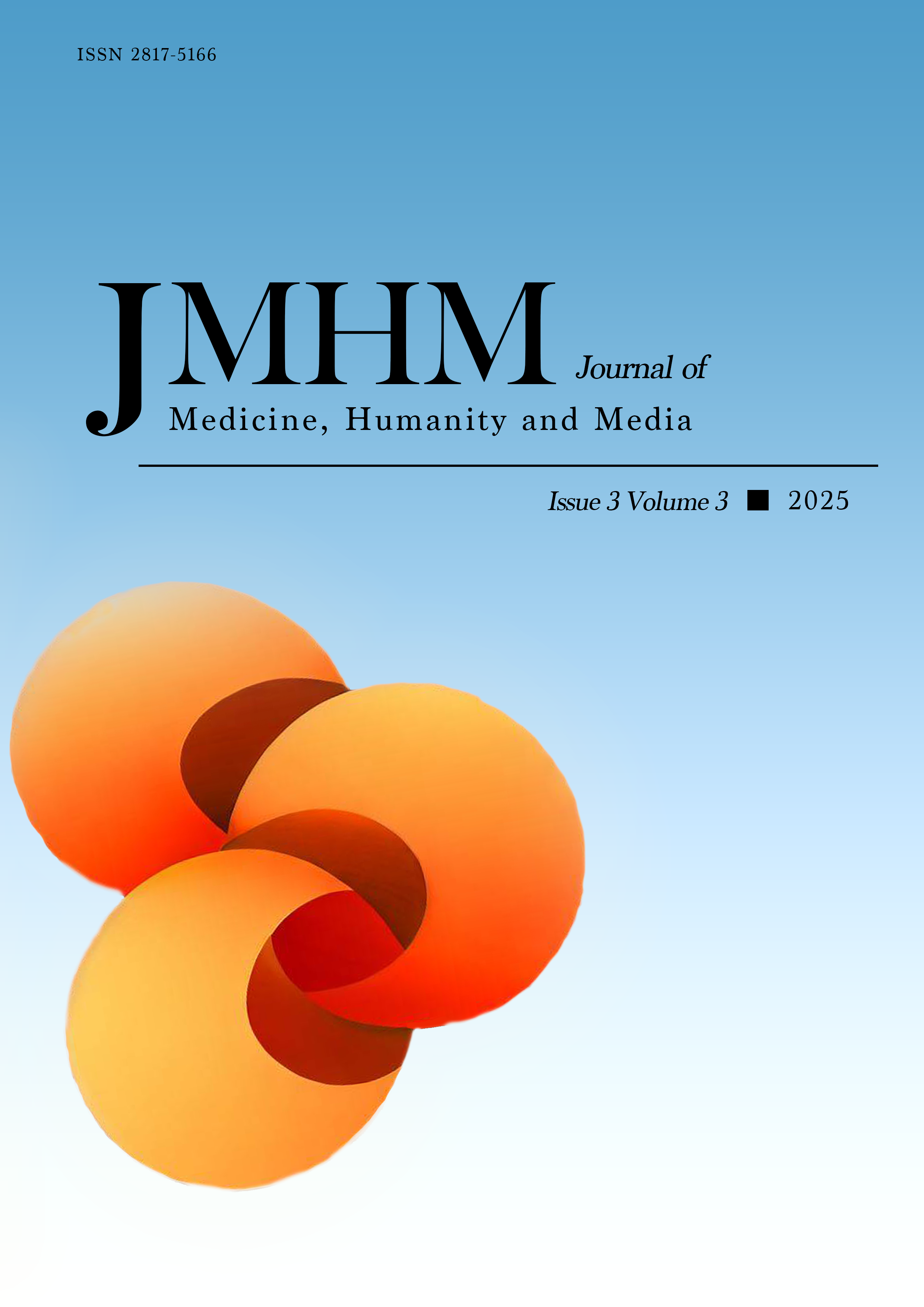Technology Diffusion, Geopolitics, and Innovation Narratives in the Era of Intelligent Media
A Review of the High Table Dialogue at MHM 2025
DOI:
https://doi.org/10.62787/mhm.v3i3.230Keywords:
Technology diffusion, Geopolitics, Intelligent media, Innovation narratives, Science communication, Research self-relianceAbstract
Technological innovation in the intelligent‑media era is shaped by the intersecting dynamics of diffusion trajectories, geopolitical rivalry, and communicative narratives. Building on discussions from the High Table Dialogue at the MHM 2025 Symposium, this review charts China’s shift from an import-led “leap‑frog” strategy to a model of self-reliant research and development—an evolution hastened by U.S. export controls and other external chokepoints. Sustaining industrial competitiveness now requires synchronising domestic growth cycles with volatile global conditions, a task for which high-performance computing platforms are becoming indispensable strategic assets. Although artificial intelligence (AI) has accelerated R&D processes, transformative breakthroughs continue to rely on tacit, experience-based knowledge and iterative experimentation. Corporate patents that cite academic literature already outnumber their U.S. counterparts, yet the low average citation count per patent highlights enduring deficits in fundamental research depth and university–industry collaboration. Heightened public caution toward high‑uncertainty technologies—such as gene editing and AI—further exposes the limitations of one‑way, didactic communication; instead, inclusive two‑way engagement with NGOs, civil society, and other stakeholders is crucial if “technology for good” is to become a credible, shared commitment that links scientific progress with societal trust and geopolitical resilience.

